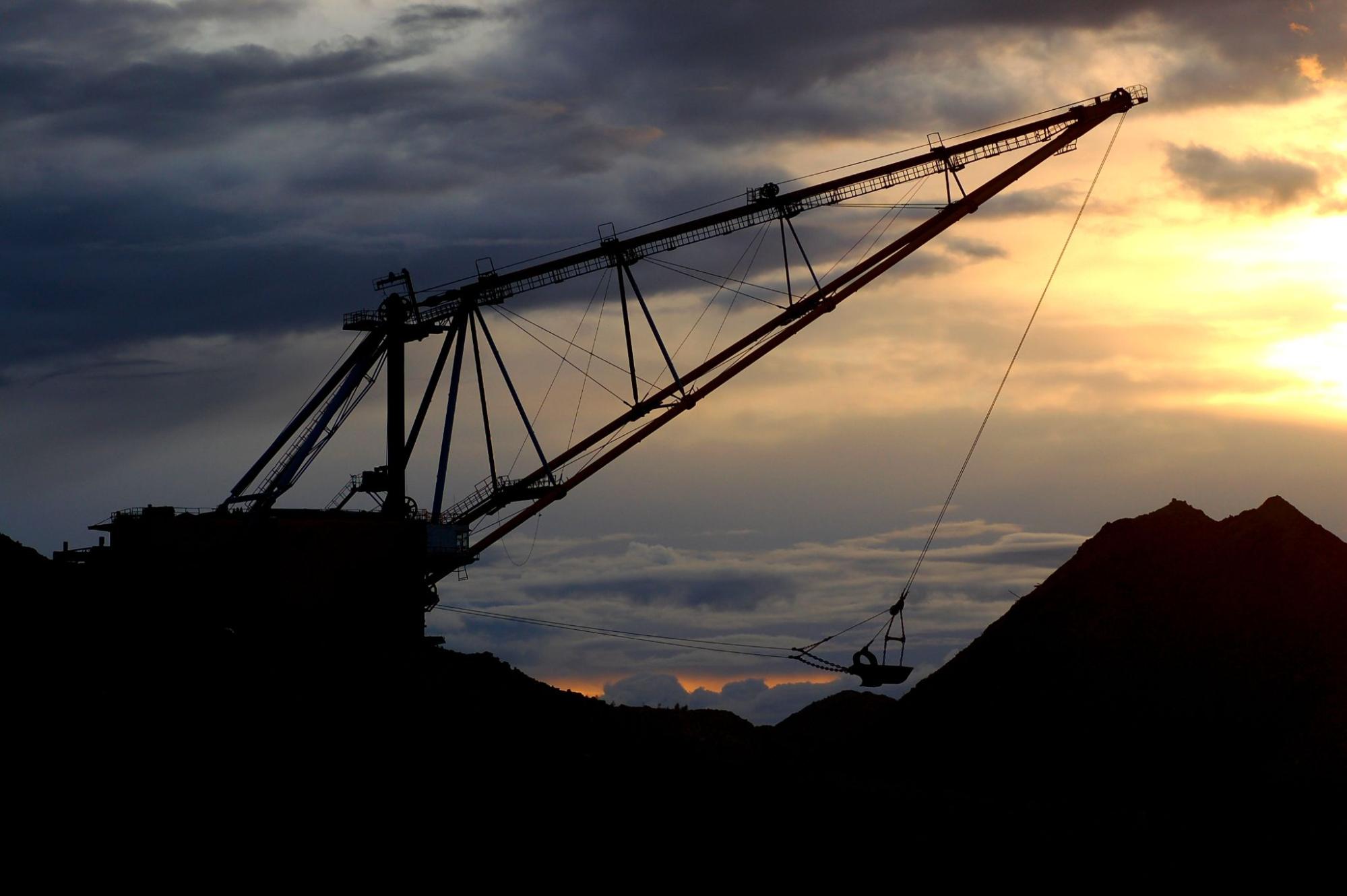The industrial activity of mining removes substances (lithium, uranium, gold, copper, etc.) from the earth’s crust for the purpose of processing it for human use. We use these resources in our daily lives in everything from toothpaste to buildings to computers to cars. Junior mining companies are part of the removal process. These companies contribute to the exploration and development of the mining industry by providing the groundwork for future supply and demand of exploration projects. They act as an exploration pipeline for major mining companies that are looking to acquire mineral projects to put into mine production.
What is a junior mining company?
A junior mining company is a small, early-stage mining company in search of new deposits of gold, silver, uranium or other precious metals and/or minerals. They provide the groundwork for the future supply and demand of attractive exploration projects and heavily contribute to the exploration and development of the mining industry. Junior mining companies:
- Are typically lower market cap ($1 million to $500 million) and thinly traded exploration companies.
- Stocks tend to be volatile and less liquid.
- Are often considered growth stocks.
- Frequently rely on venture capital to secure financing.
- Typically engaged in mineral exploration and development.
- The main goal is to discover significant deposits and develop resources.
- Seek potential opportunities by acquiring properties that can yield large resource deposits.
- Are speculative by nature.
- Often start off as private companies and then go public to raise capital for exploration.
- Usually highly-leveraged companies with smaller market capitalizations and smaller asset bases.
- Are typically high-risk.
What challenges do Junior mining companies face?
- Accessing capital: Due to the high-risk nature of exploration projects, access to capital for junior mining companies is challenging. Competing for well-priced capital requires miners to better demonstrate their achievement of both financial and non-financial considerations. Junior mining companies must reshape portfolios and investments to align with their strategy and capitalize on changing demand, including minerals for batteries.
- Productivity and costs: Demand is up but so are the costs of inputs, shipping, talent and decarbonization programs. Reducing costs and improving productivity is a balancing act for junior miners that must achieve short-term gains while creating long-term value. There is a need for improved geological modelling to alleviate uncertainty. Analytics must be used to enable predictive maintenance and improve reliability. Operational discipline helps deliver consistent results while integrated operating models that align with markets enable rapid response to change. Productivity initiatives (people-centred, enabled by technology) help junior miners achieve improvements.
- Climate and environmental pressures: The mining industry is a significant contributor to global greenhouse gas emissions. There is increasing pressure for junior miners to decarbonize operations and adopt greener technology in their supply chain. Water usage is a challenge, as this already scarce resource is heavily used in the mining process. Junior mining companies that can demonstrate their contribution to a sustainable future will have a competitive advantage. To stay competitive, companies must address climate, and environmental challenges in their corporate strategies, reporting and high-level decision-making.
- Social issues: Shareholders/stakeholders are increasingly focused on the social and community impact of mining. There is a move to ensure that communities are treated fairly and with respect, particularly in remote mining sites. There is a push to ensure that mining companies leave a lasting positive legacy when mining operations cease. To stay competitive, junior mining companies must address these social challenges.
- Health and safety concerns: Mining is a risky business for on-the-ground employees. They’re faced with airborne hazards, ground instability, water accumulation, dust inhalation, hearing damage, whole-body vibration, over-exposure to UV radiation, harmful chemical exposure, thermal/heat stress and more. Junior mining companies are called to solve/mitigate the likelihood of these risks. Possible solutions include digitalization and connectivity (using smartphones/wearables, geo-location tools, etc.).
- Demand insecurity: As the transition from nonrenewable to renewable energy evolves, demand for specific commodities changes. Junior mining companies need to be aware of the possibility of substitution on long lead projects. They need to build a flexible business that can handle fluctuations from unstable prices, uncertain demands and the possibility of product substitution. They must optimize their risk by using scenario modelling to predict the impact on demands. It’s wise to implement offtake agreements (an agreement to purchase all or a substantial part of the output or product produced by a project) to deal with the likelihood of price volatility.
- Skills shortage: There is a talent shortage in the mining industry, sparking production cuts and shipment delays. The challenge is attracting and retaining employees in a sector that is unattractive to younger generations, is perceived as damaging to the environment and requires dirty/hard physical labour. Junior mining companies must focus on an inclusive culture with solid career paths open to everyone. They need to improve working conditions, benefits, culture and the opportunity for remote work/training.
- Commodities markets are evolving, a consequence of both changing demand and the advent of digitalization. Junior mining companies need to adapt quickly or face being left behind. They can create value by using their knowledge of demand and supply dynamics. It’s wise to rely on digital and online platforms in markets that are highly competitive and transparent, focusing your efforts on differentiating your company from the competition by providing a superior customer experience (ie: one-click ordering platforms, automating approvals/information flows) and creating strong relationships with upstream suppliers.
- Stringent regulations around drilling, licensing, environmental safety, operational practices and worker safety increase the time, cost and effort needed for compliance. Legal expenses, penalties and damage to reputation when in violation of rules and guidelines are a concern.
There is an ever-changing number of risks and opportunities faced by the junior mining sector. Environmental and social concerns, uncertain demand, changing costs of production, difficulty accessing capital and shortage of skilled workers are all challenging issues. Junior mining companies must be willing to transform to deliver value and create a sustainable future for mining.
Interested in junior mining activities and investment opportunities? Check out Junior Mining Hub. We’re a rapidly growing, open-access platform highlighting industry events and activities throughout the junior mining sector. Our categorized, searchable information provides a cohesive industry picture. We use our years of industry experience to promote mining activities and investment opportunities to the global community. Contact us today or sign up for our daily email and/or our weekly newsletter.

